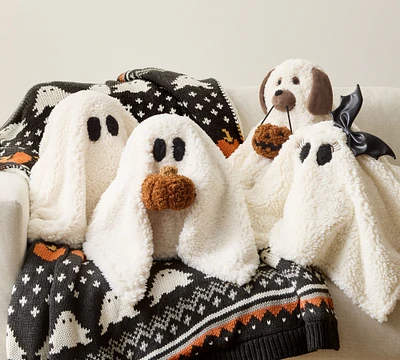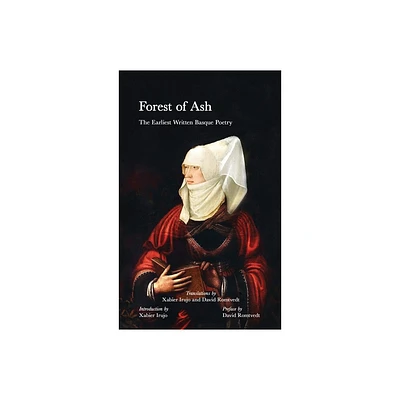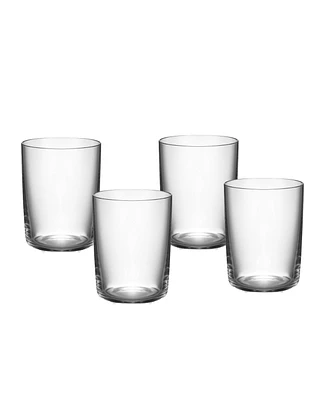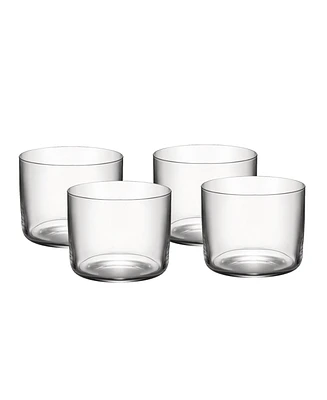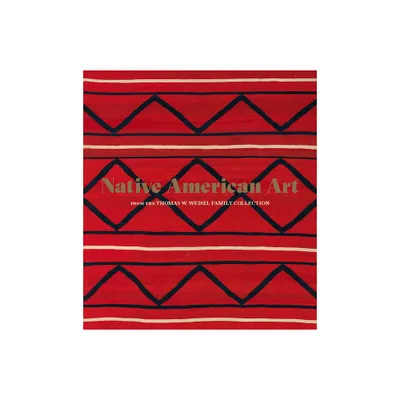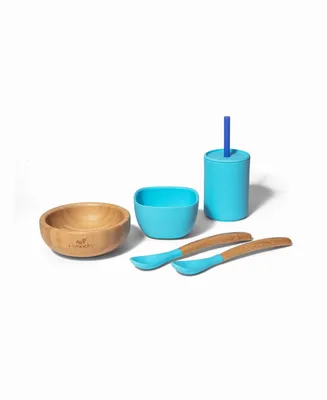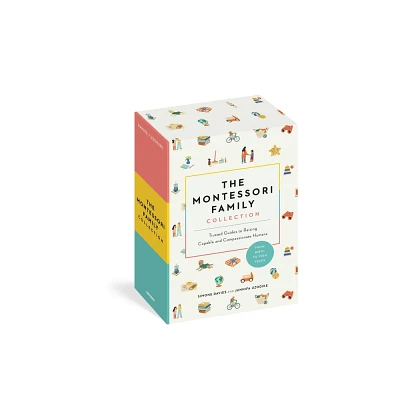Home
The Musical Family Collection: Measure
Loading Inventory...
Barnes and Noble
The Musical Family Collection: Measure
Current price: $12.99


Barnes and Noble
The Musical Family Collection: Measure
Current price: $12.99
Loading Inventory...
Size: OS
*Product Information may vary - to confirm product availability, pricing, and additional information please contact Barnes and Noble
This collection of three books including the activity book (Book 1: Rhythm, Book 2: Notes, Book 3: Measure) are based on learning and development, of the music skills for young children. It is a new method inspired by the Kodaly, Solfege, Music alphabet and Montessori systems. It is intended for preschoolers ages 3 and up. Children can choose from attractive images throughout the books and practice the basics of music theory. Kids can grab the books whenever they want and start identifying and visualizing the music symbols, rhythm patterns, and practice how to read the notes on the staff, with the help of members from the musical family. By the end of the third book, kids will be ready to begin learning any musical instrument, without being so overwhelmed by the complexity of music theory. The books are carefully explained, step by step, in a very simplified manner for parents and teachers in both English and Spanish. Most of all it is a fun way to spend time with your children while learning the music language.
BOOK 3 MESURE
Note values p. 6
Rhythm notes can be long or short. Each rhythmic note has different durations or values. For example, the
quarter note o crotchet
lasts for1 beat, the
half note, or minim
lasts for 2 beats, and the
whole note or semi breve
lasts for 4 beats. The quarter note rest, like the quarter note, also lasts for 1 beat.
Measure or Bar p.16
To organize the pulses or the times of the music we will use the
measure
also called
bar
. There are
2-beat bars, 3-beat bars,
and
4-beat bars
. We will then learn to count how many beats there are in each bar.
Musical Family Review p. 24
Let's remember the names of the notes,
DO, RE, MI, FA, SOL, LA, SI
with the help of the Musical Family.
Musical instruments and note names with letters p. 32
Musical notes can also be called with the letters of the alphabet,
C, D, E, F, G, A
. We will also learn about some musical instruments such as the
harp, guitar, violin, trumpet, piano, flute, and the xylophone.
The stems p. 39
Stems
are the lines which extend from the note. They may go up or down, on the right or on the left. Three beautiful songs to read the music p. 41
We will learn to read three beautiful songs:
Mary had a Little Lamb, Baby Shark, Twinkle Twinkle Little Star
BOOK 3 MESURE
Note values p. 6
Rhythm notes can be long or short. Each rhythmic note has different durations or values. For example, the
quarter note o crotchet
lasts for1 beat, the
half note, or minim
lasts for 2 beats, and the
whole note or semi breve
lasts for 4 beats. The quarter note rest, like the quarter note, also lasts for 1 beat.
Measure or Bar p.16
To organize the pulses or the times of the music we will use the
measure
also called
bar
. There are
2-beat bars, 3-beat bars,
and
4-beat bars
. We will then learn to count how many beats there are in each bar.
Musical Family Review p. 24
Let's remember the names of the notes,
DO, RE, MI, FA, SOL, LA, SI
with the help of the Musical Family.
Musical instruments and note names with letters p. 32
Musical notes can also be called with the letters of the alphabet,
C, D, E, F, G, A
. We will also learn about some musical instruments such as the
harp, guitar, violin, trumpet, piano, flute, and the xylophone.
The stems p. 39
Stems
are the lines which extend from the note. They may go up or down, on the right or on the left. Three beautiful songs to read the music p. 41
We will learn to read three beautiful songs:
Mary had a Little Lamb, Baby Shark, Twinkle Twinkle Little Star

